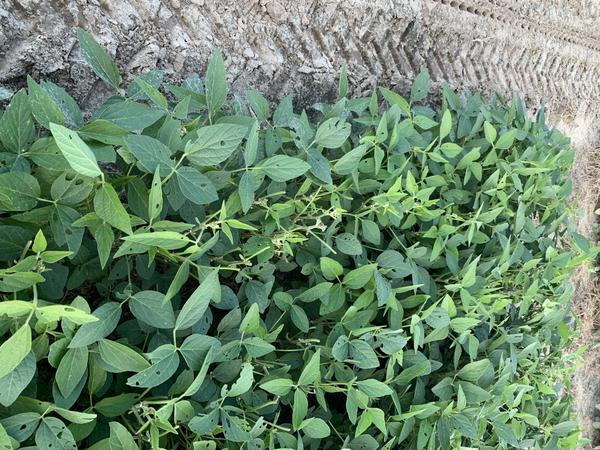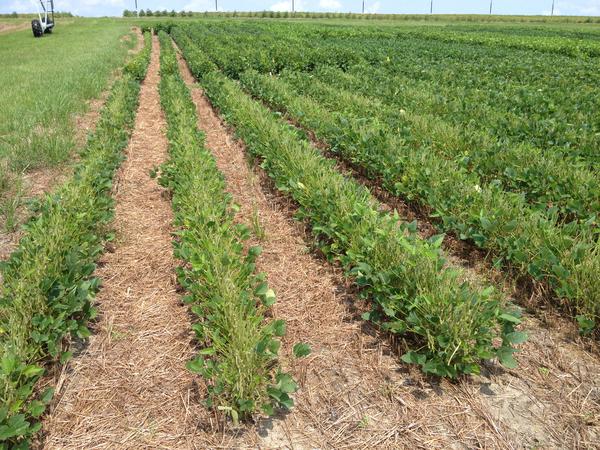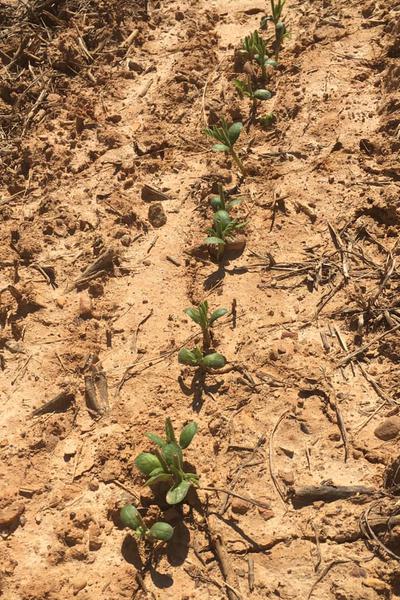Deer Damage
- Type
- Physiological
- Leaf Condition
- More Feeding Young Leaves
- Leaf Location
- Young, Mature
- Pod Condition
- Scarred Or Clipped
- Main Stem
- Clipped
- Petioles Condition
- Broken, Clipped
- Field Distribution
- Random, Edges, Localized Area
- Season
- Early Vegetative, Mid To Late Vegetative, Pods Present
- Cropping System
- Soybean Followed By Soybean, Conventional Till, Reduced Till
Introduction
Deer damage is one of the largest challenges North Carolina soybean producers face. The North Carolina white-tailed deer population is estimated to be around one million (NC Wildlife Resources Commission). Many small fields throughout North Carolina border tree lines, leaving these fields susceptible to deer damage. Deer damage can range from minimal to severe depending on the area and duration of browsing, field size, and availability of other desired food sources. Light deer damage typically results in minimal yield loss, however if deer damage is widespread, adverse impacts on yield can be observed. Typical yield reductions occur due to removal of foliage reducing photosynthetic capacity, rather than direct removal of pods.
Symptoms
Deer damage is most typically observed in the first few weeks of soybean growth. Deer will generally feed on the upper most foliage, resulting in leafless stems. Stems can appear snapped and will generally have a jagged snap. If the deer eats foliage above the first node, the plant has an opportunity to recover by sending out new foliage from the remaining axillary buds. If the deer eat below the cotyledonary node, the plant will not recover. Stem spliting can also be observed from deer damage, where the plant appears to have two stems; this occurs when the deer damage causes growth from the axillary nodes. The stem cut from deer is typically more jagged than a stem cut from rabbits or groundhogs. Deer damage after soybean growth stage R6 (full seed) can occur, although rare.
Management
Producers have limited options for controlling deer. Under low population levels, the cost of implementing management strategies may not outweigh the benefits as limited deer damage often does not cause soybean yield loss. At higher population levels resulting in persistent damage, several options are available, although none may be robustly effective. Population reduction is one management strategy. Fencing is a possible management strategy. Chemical repellents are another possible management strategy and may be effective at low population levels, however many chemical deer repellents evaluated in the state previously have provided limited soybean yield protection. Producers should use an integrated management strategy to manage deer in their soybean fields.
Additional Resources
Trialing deer repellents to control white-tailed deer damage to soybeans (Michigan State)
Controlling Deer Damage in Missouri (Missouri Extension)





